Hiking is one of those things I’ve always loved to do but found myself pushing to the side to focus on work or some other thing in the past. Last year, one of my focus areas was to make more time for activities like hiking, but shortly after I did this hike with my daughter, I found I could barely walk at all and was diagnosed with Rheumatoid Arthritis (RA). This followed a cervical cancer scare and resulted in me thinking more deeply about the things that are truly important to me and how I would like to spend my time before it’s too late. It turns out that hiking is an activity I don’t want to miss out on! There just doesn’t seem to be a better way to clear the mind, freshen the body, enjoy views, fresh air, and the sounds and smells of nature; and I hope its an activity that my children will pick up too.

Over the past few months I tested out my body with some day walks, then decided to join my friends on a three day walk at Wilson’s Promontory National Park two weekends ago. Unfortunately, we began our walk the day before a bushfire on the Prom flared up and we didn’t get to finish the walk because the park was completely evacuated on our second day. We emerged from the bush into mobile reception and discovered the Bunyip, Yinnar and Dargo fires were raging, along with others in Gippsland and beyond.
Nevertheless, I had spent a lot of time and energy thinking about the food I would take on my three day hiking trip and how I would transport it to be as zero waste and lightweight as possible, while still eating well. The food I prepared was mostly eaten on the first day walking in and then on the second day walking out, but for the remainder of the food, I replicated hiking conditions to make sure what I had prepared would work well in the future.
I’m super happy with how it all went and the other seven experienced hikers with me were all complimentary of my efforts too, so that was a boost to my confidence.
Meal Plan
The plan was to eat lunch on the way to the Prom and be out of the Prom for lunch on the third day, so I needed:
- two breakfasts
- one lunch
- two dinners
- two afternoon tea snacks
- two morning tea snacks
- drinks
- utensils
- stove and fuel (carried by my friend)
I tried to choose foods that would offer a lot of nutrition and energy whilst not needing refrigeration, and which would be light and able to withstand rough treatment in a backpack. I was also considering whether things would cope well with an unexpected drenching (it happens a lot at the Prom), and some food needed to be stored air tight and possibly leak proof (more on that later). As much as possible I packed using things I already had in the house but I also decided to test some new products that I bought for hiking – the wooden spork and the two different types of reusable zip lock bags. I didn’t want to buy too many new zip lock bags before I knew if they were reliable and easy to use and because it would have been expensive. Also I already had some other things I could use.
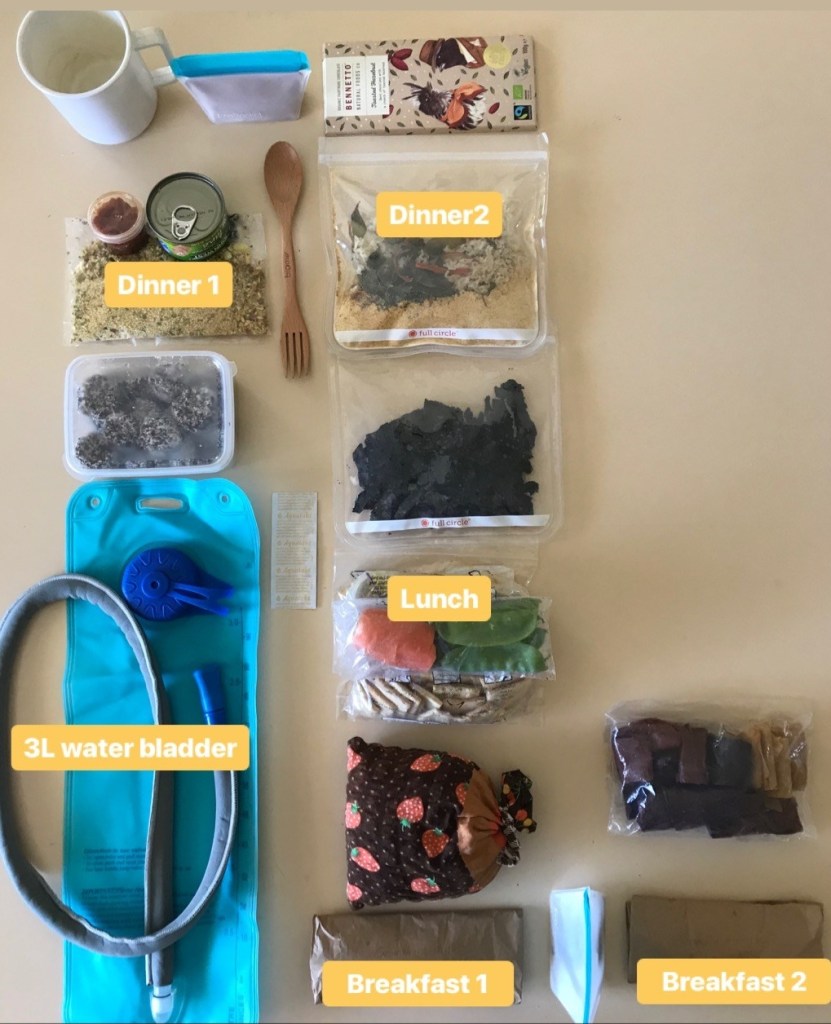
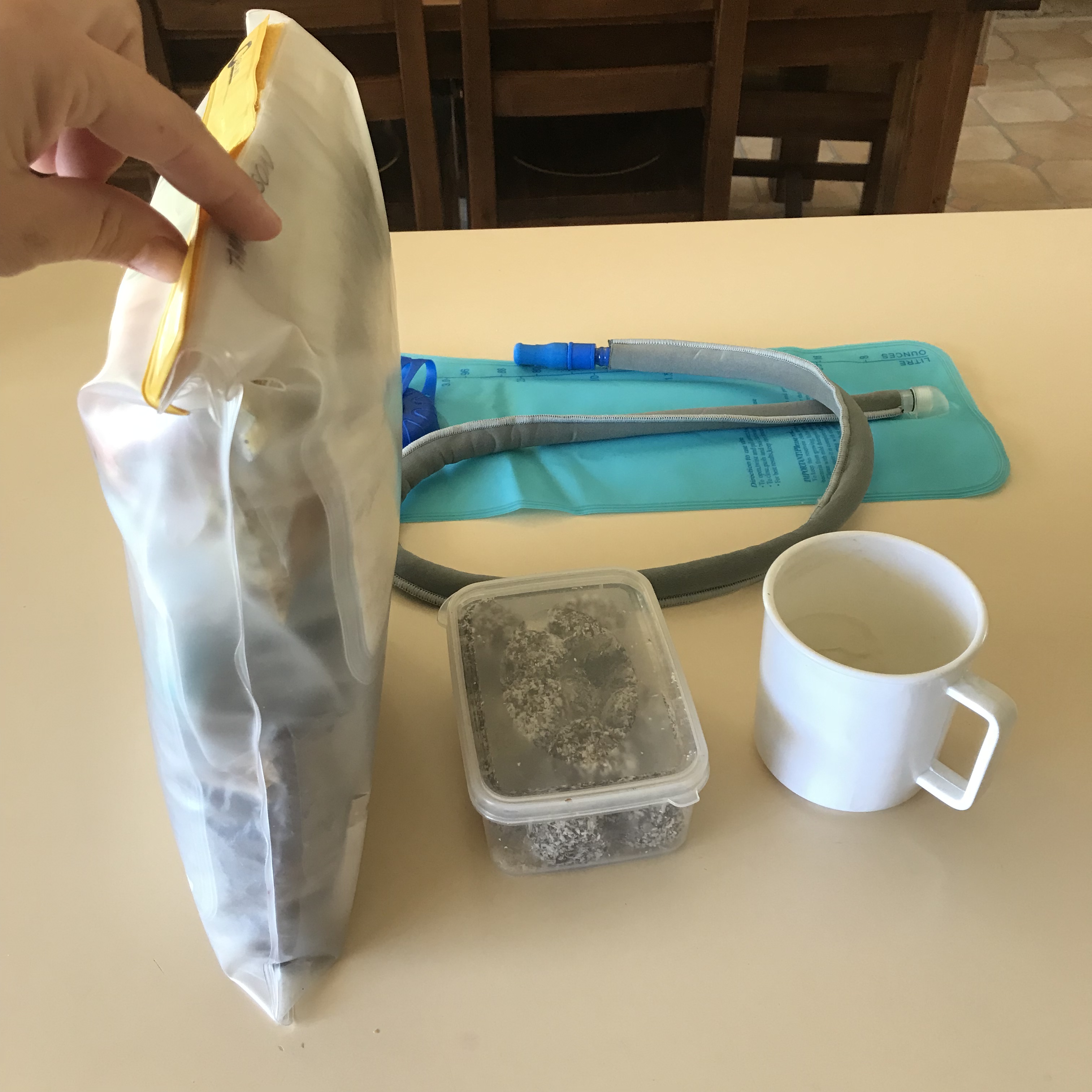
Snacks
I started sorting out my snacks first. I went with homemade bliss balls (stored in a light plastic tub) and scroggin (stored in the cloth bag) made from bulk bought ingredients and walnuts I collected when camping at Dargo.
Then I made fruit leathers from homegrown and foraged fruit (combinations of blackberries, plums, apples, pears and rhubarb). I stored this in a plastic ziplock bag. Even though we don’t buy these, they still make it to our home occasionally from well meaning people (often school) and we keep reusing them.
Next I made beef jerky using beef raised and butchered by us and marinated in soy sauce, Worcestershire sauce, brown sugar, garlic, black pepper and salt. The jerky was stored in a reusable ziplock sandwich bag.
And, I packed a block of chocolate.




Breakfast
Breakfast was fairly easy as I was able to buy nutty granola from bulk bins using my own bags, but I couldn’t find milk or nut milk powder in bulk before I went. However, the weekend I was away, The Source Bulk Foods opened in Gippsland and they sell coconut milk powder. I visited the store a few days after my hike and stocked up because it’s a 1hour 10minute drive for me (I needed to be in the area anyway). So before this, I ended up buying a 1kg bag of milk powder at the supermarket rather than little packets of it. Unfortunately this kind of bag can’t go to REDcycle as it’s made mostly of foil. At least I won’t need to buy anymore of this in the future. I added the appropriate amount of milk powder to my granola and stored each breakfast in its own paper bag. I suppose I could have only used one bag but I was worried about ending up with watery milk in one meal and thick cream in another (first world problems, I know).
I always have a hot drink in the morning so I decided to bring my loose leaf green tea (bought from bulk) in my tea ball. I took the weight off the tea ball first, prepacked it with tea and then stored it in a small reusable zip lock bag. I wanted to do that because I reuse the tea leaves in the tea ball for the second morning, so it will be wet.

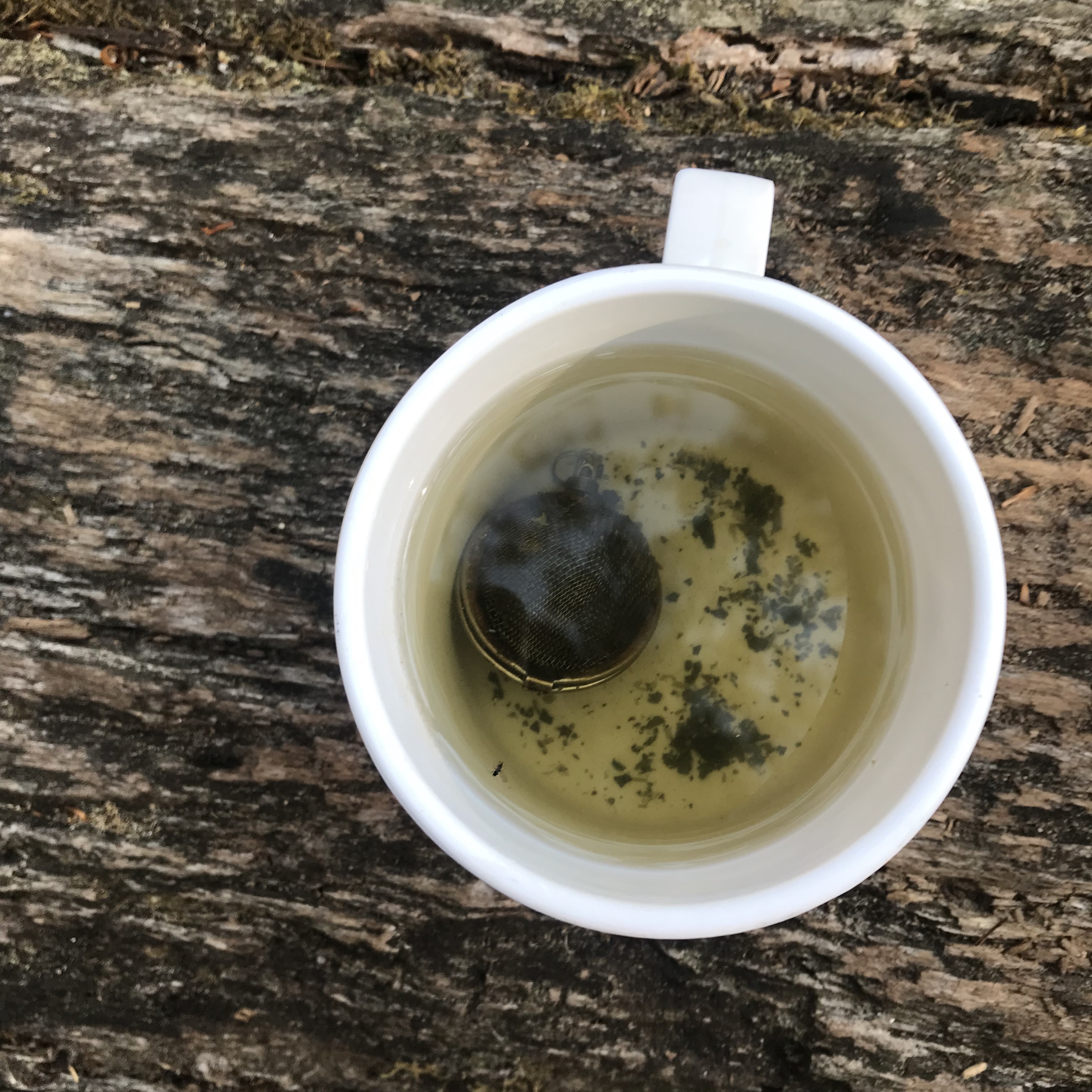
Lunch
I wanted to keep lunch really simple without any cooking and able to be eaten on the go if necessary.
I decided to take half a carrot and a handful of snow peas because they keep well, however I needed a way of keeping them separate in case they ruined the sourdough discard crackers I made to eat with hummus, so they ended up in another plastic zip lock bag that we keep reusing.
I also made the hummus at home and dehydrated it so that I could just add some water out on the trail when needed (I followed these instructions). This meal turned out to be one I replicated at home, hence the jar in the picture rather than my old plastic camping cup, and it was a success.

Dinner
Deciding what to make for dinner took a long time but I eventually decided on Tuna Cous Cous Salad (from the Xtreme Gourmet cookbook by Sonya
Muhlsimmer) and dehydrated Vegetable Yellow Curry. Both meals only required that I add hot water to them out on the trail. My friend bought her Trangia stove with her to cook meals shared with other group members so I borrowed it to boil the water I needed. I think I could have added cold water if necessary but they wouldn’t have been as good to eat cold and would take longer to rehydrate.
To prepare for the Tuna Cous Cous Salad I mixed all the dry ingredients, which I can get zero waste, in a bag, then packed a small tin of tuna (so I can recycle it rather than put the pouches in landfill) and tub of sundried tomato and olives. I mixed it all together then added hot water and left it for a few minutes. It was delicious! I had intended to make the meal in my cup but I wasn’t sure it would fit so I used the Trangia pot initially and then transferred it to my cup after. It was a good fit and the meal filled me up.

To make the vegetable yellow curry I basically cooked the rice and cooked the vegetables and then dehydrated them (here’s a dehydrator similar to the one I use). I also dehydrated yellow curry paste, then added it all together with some coconut milk powder. Find the recipe here: Vegetable Yellow Curry. This meal was eaten when we left the Prom at the Sandy Point Caravan Park. It was another delicious success!
Drinks
I carried a three litre hydration bladder for this hike because the weather was 35 degrees. I ended up drinking two litres of water by half way on the first day. When we stopped for a break and snack, some other group members added Staminade to their water and I took up the offer to have a cup of some. I think it was a good decision because I had been sweating heaps and I felt much better for the rest of the walk. It’s fairly telling how much you’ve been sweating when you drink several litres of water and don’t need to pee for about 6 or 7 hours!
It is recommended that you treat water at the Prom just in case, so I carried water purification tablets for the times that boiling water is not practical. Tablets are also much lighter than carrying extra fuel to boil water and can be added to any type of water container that you already have. There is only a tiny amount of packaging waste after using them.
Heating water to a rolling boil (heat disinfection) is the most effective way to treat water and kill waterborne pathogens. After the water has reached a rolling boil, leave it to cool naturally and protected from recontamination (World Health Organisation Technical Brief: Boil Water). To be absolutely sure, you can make sure the water boils for one minute (or 3 at high elevations).
I’ve already covered my morning cup of tea above, under the Breakfast subheading, but I also packed a homemade hot chocolate mix for the evenings. I made it from bulk bought cacao powder, sugar and some of the milk powder I had, and stored enough for two cups in one of the small reusable zip lock bags.
A word about the utensils and storage choices
In short, I’m happy with it all. A cup and spork was all I needed for the meals. There was no waste as yet because the tin from the tuna and the foil and cardboard from the chocolate has been recycled, the paper bags have been put back in the draw for reuse, all the plastic tubs and bags have been washed, dried and stored for reuse, and the powdered milk is still contained in it’s packaging in the pantry.
The two types of reusable zip lock bags were great with their air tight, leak proof, double lock seals. You can read more about their design in the links I have provided above, but another I would like to try is the Stasher because they are made from silicone, so hot water could be added to the bag to allow for eating straight from the bag, or to allow food to rehydrate whilst walking – if it were leak proof, I’m not sure about this yet.
I hope this post helps others who enjoy the outdoors to find ways to reduce their waste. Feel free to share your ideas with me too.
Some of the links in this post are affiliate links which just means I get a small percentage of the sale price if you decide to buy a product I’ve used too. It doesn’t add anything to the cost for you, but its a good way for me to be compensated for the time and effort that goes into sharing my experiences to help others.
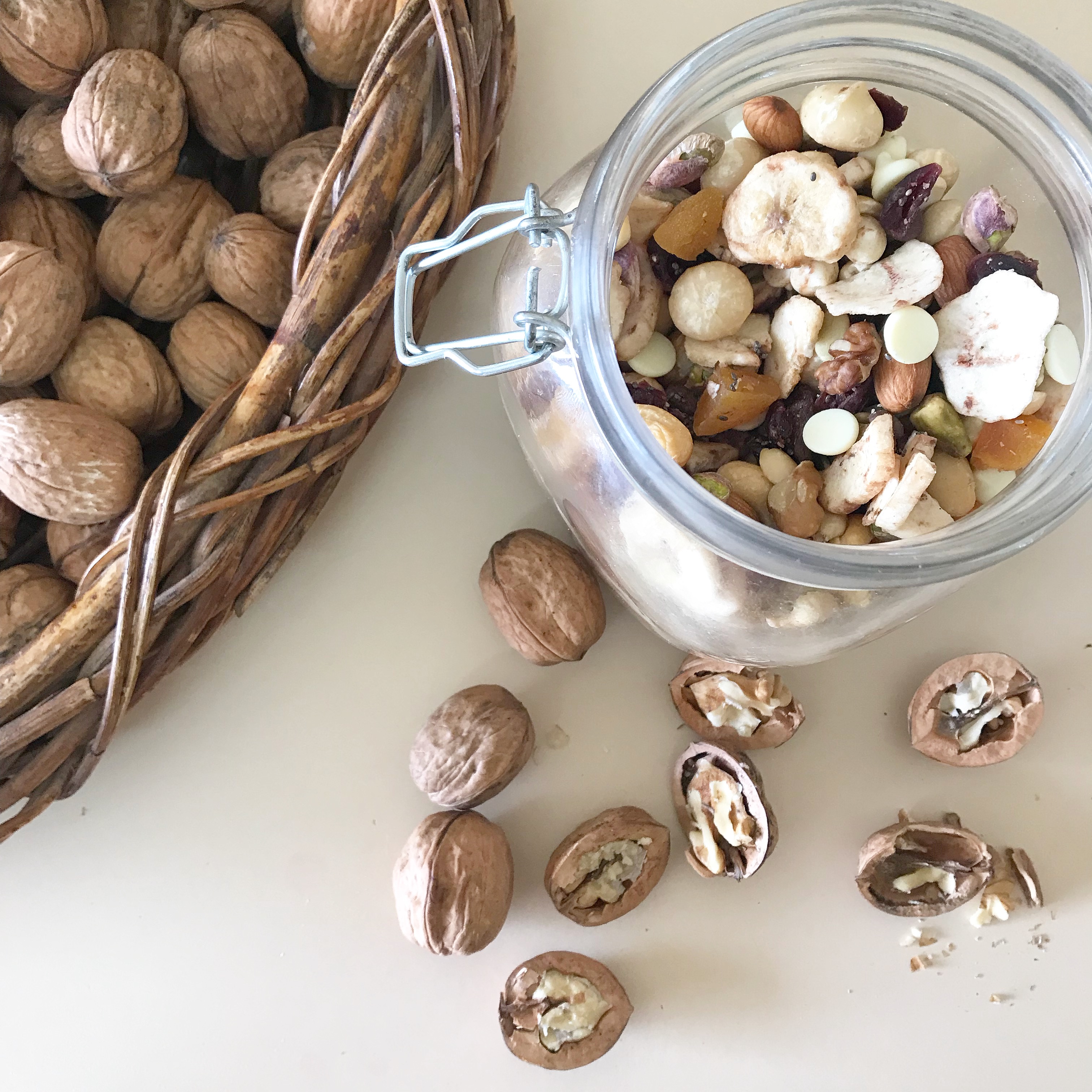
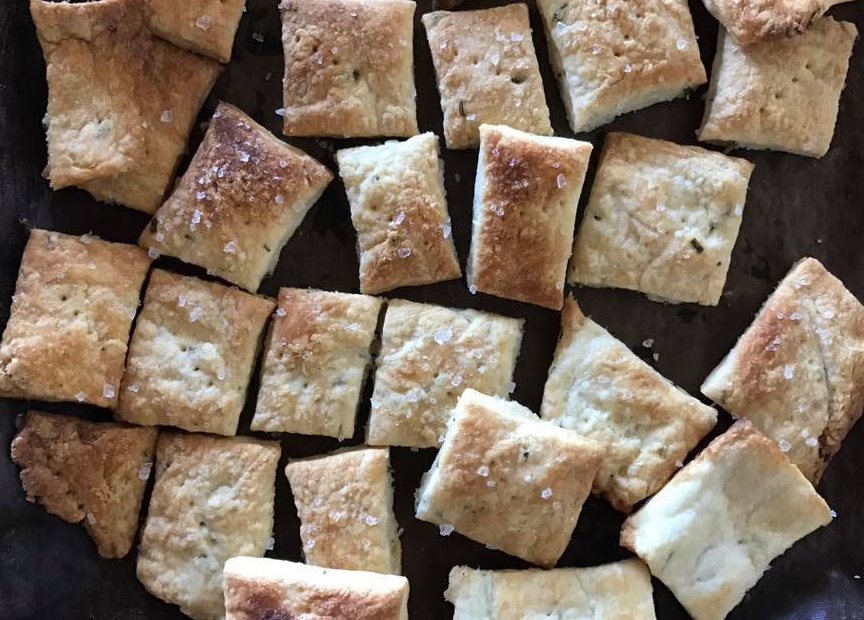

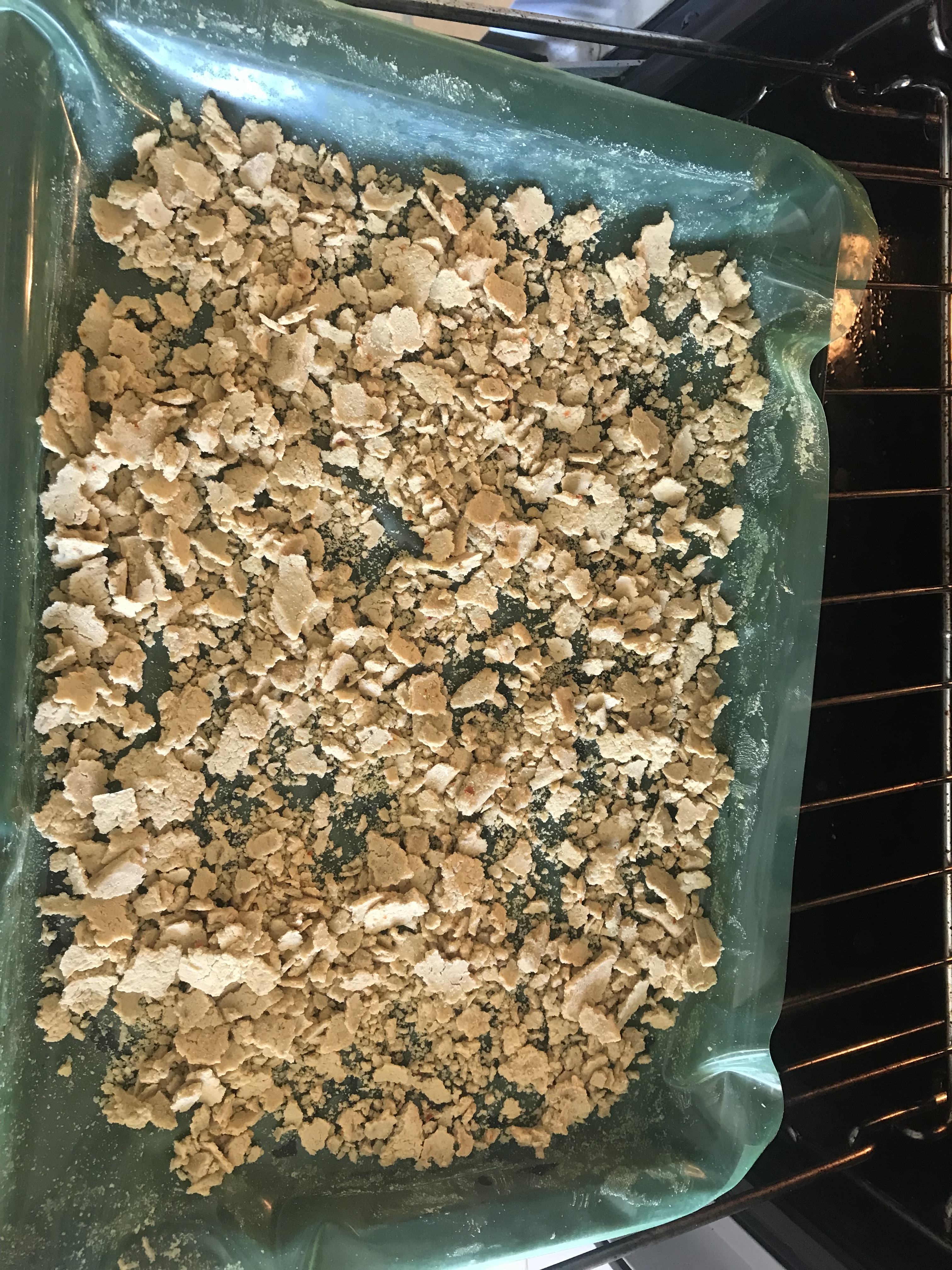
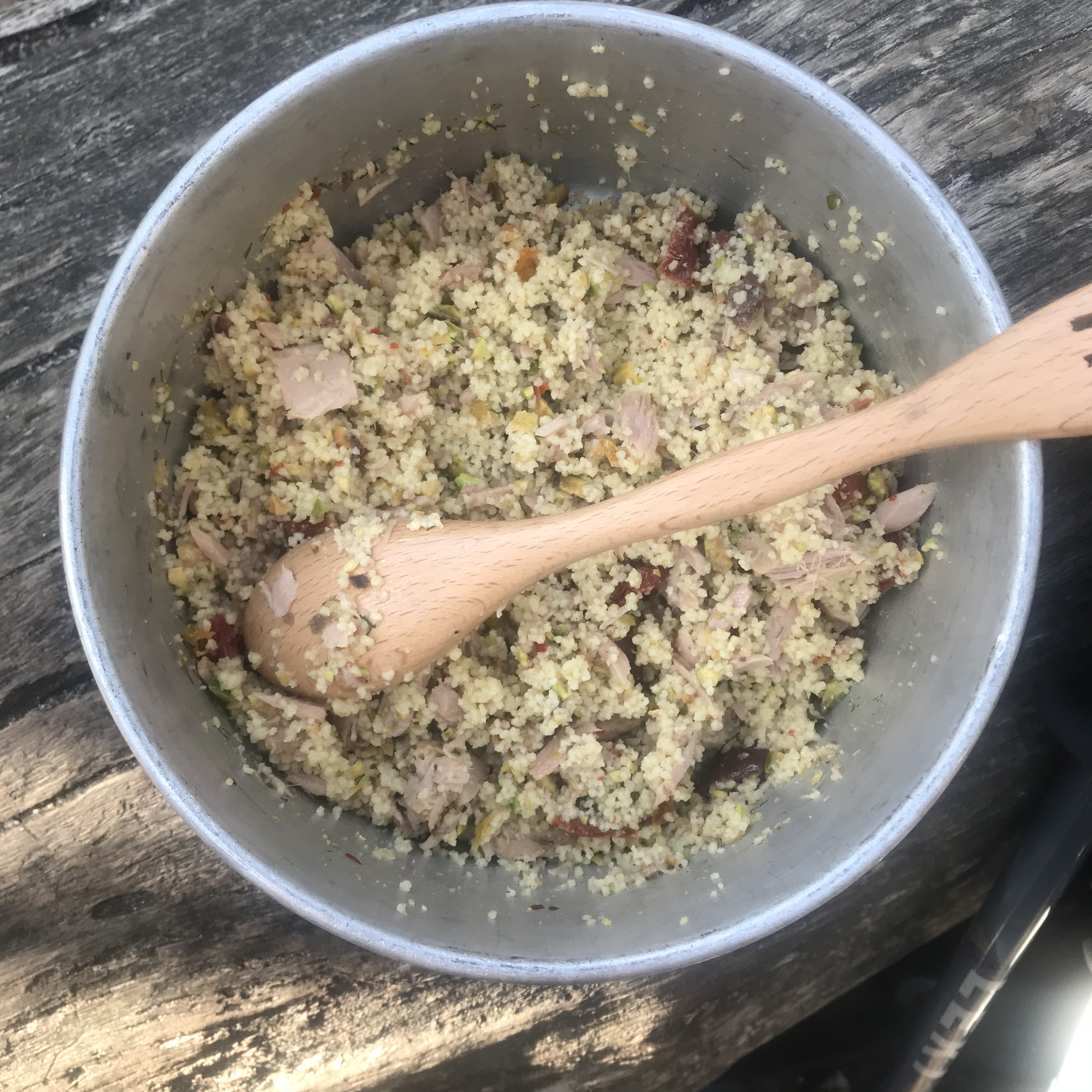
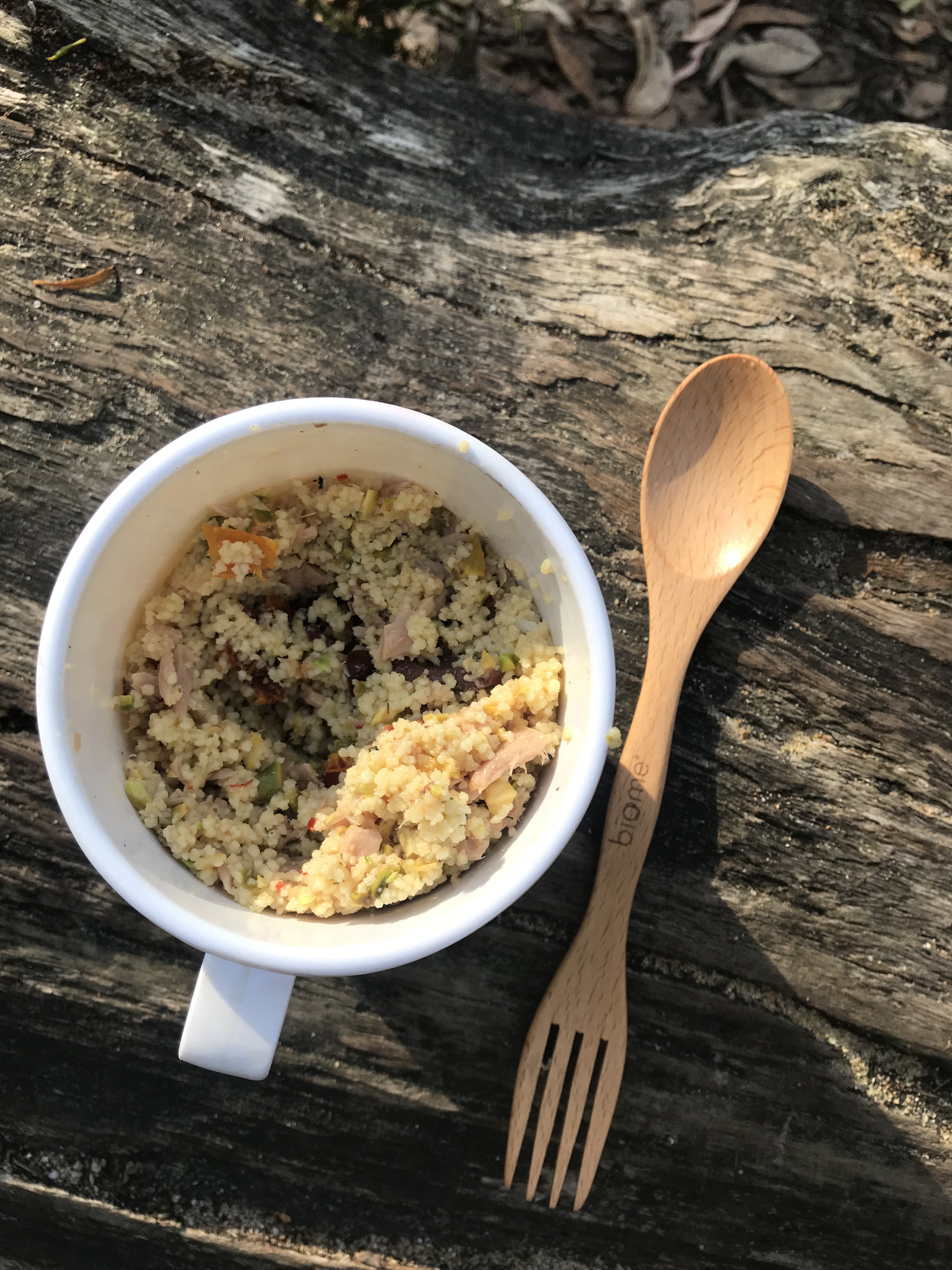

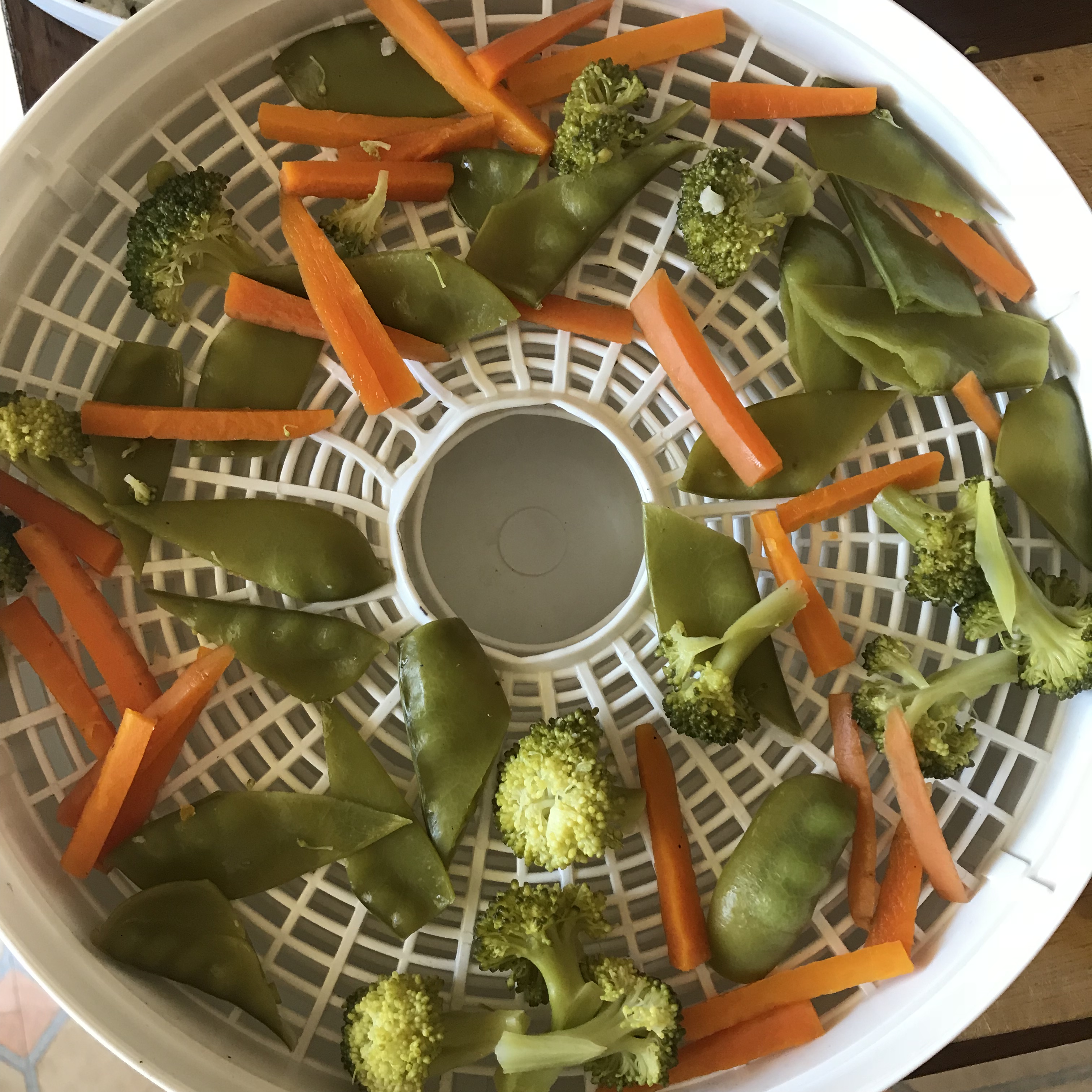
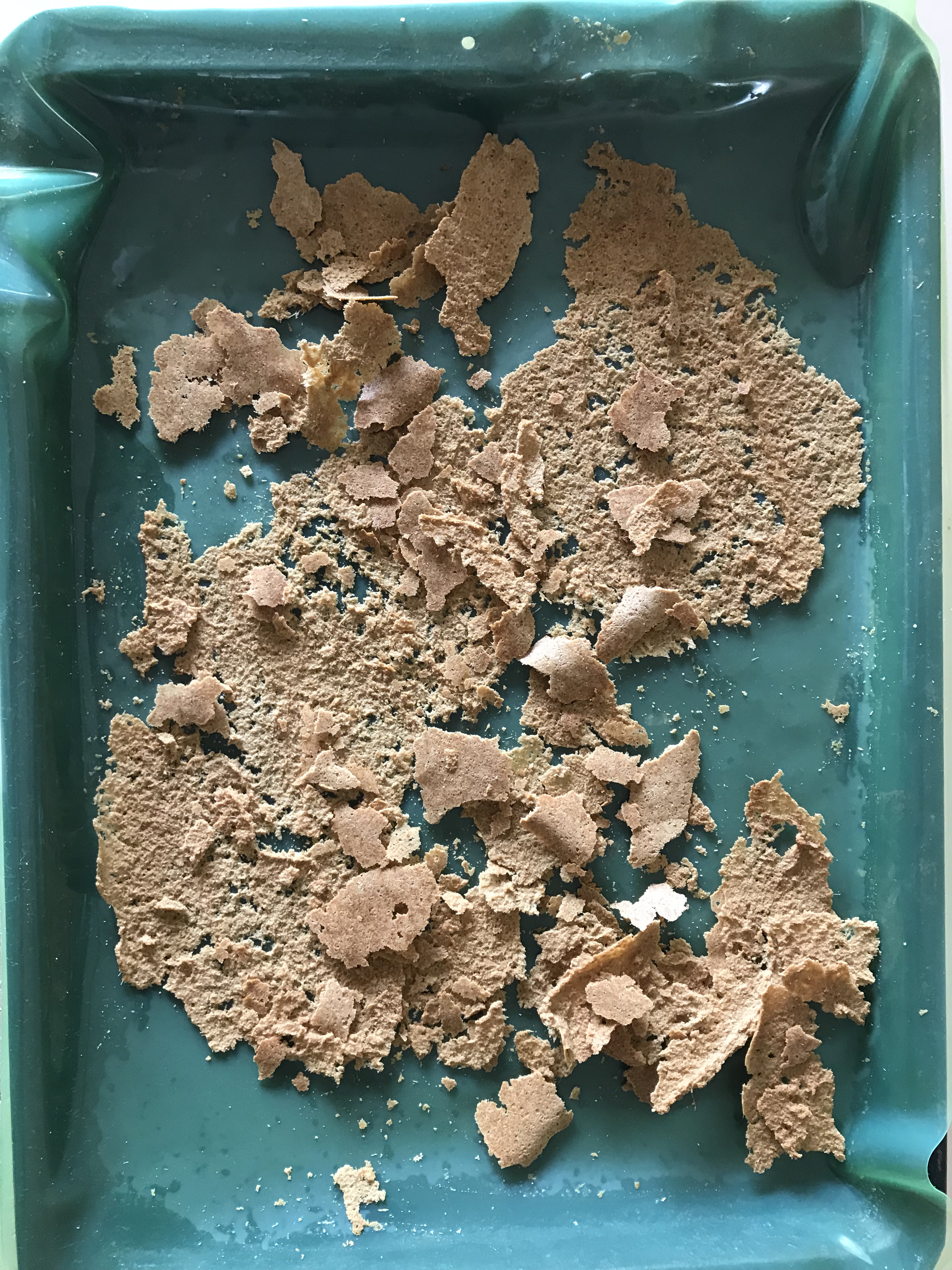



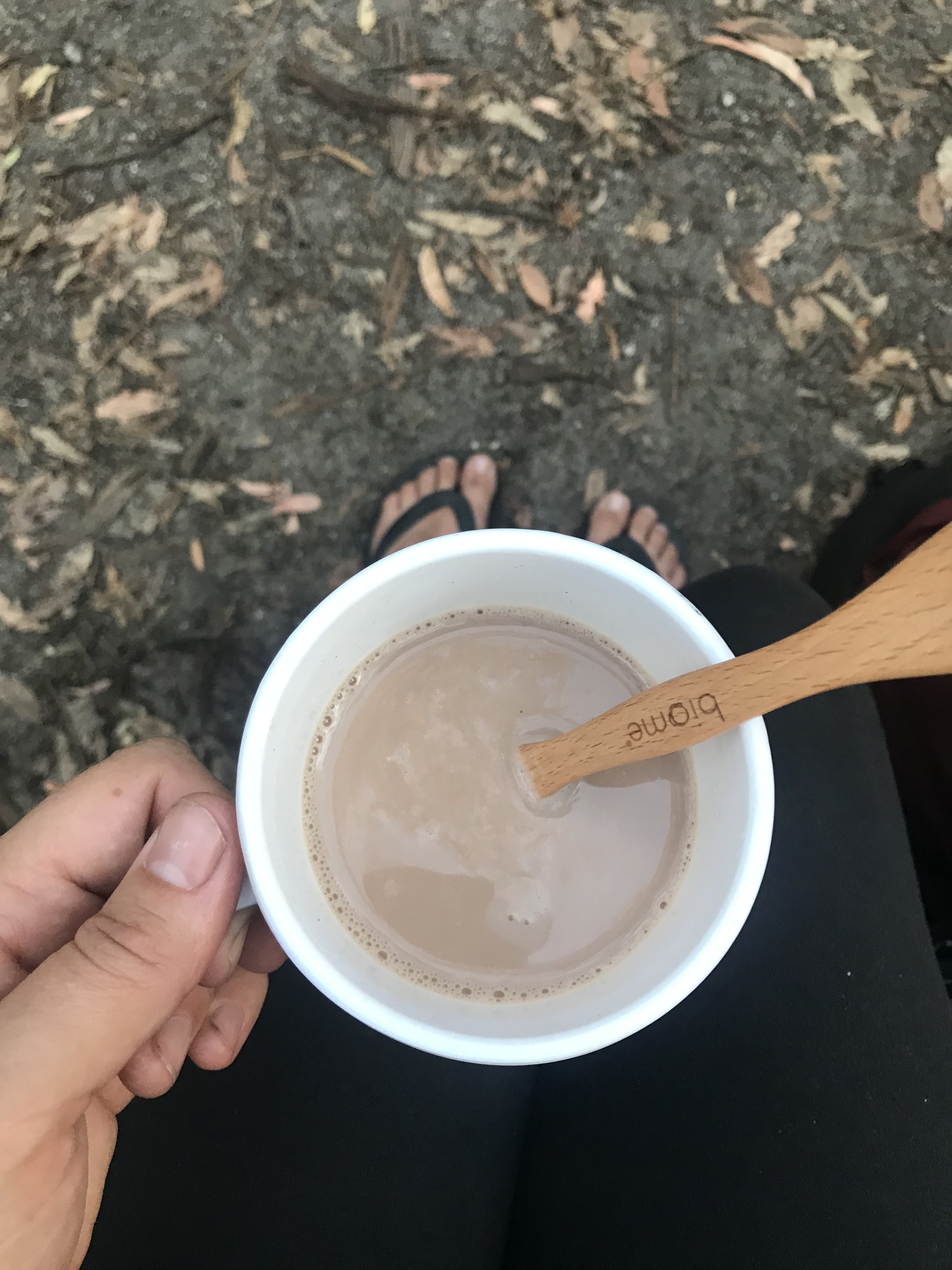
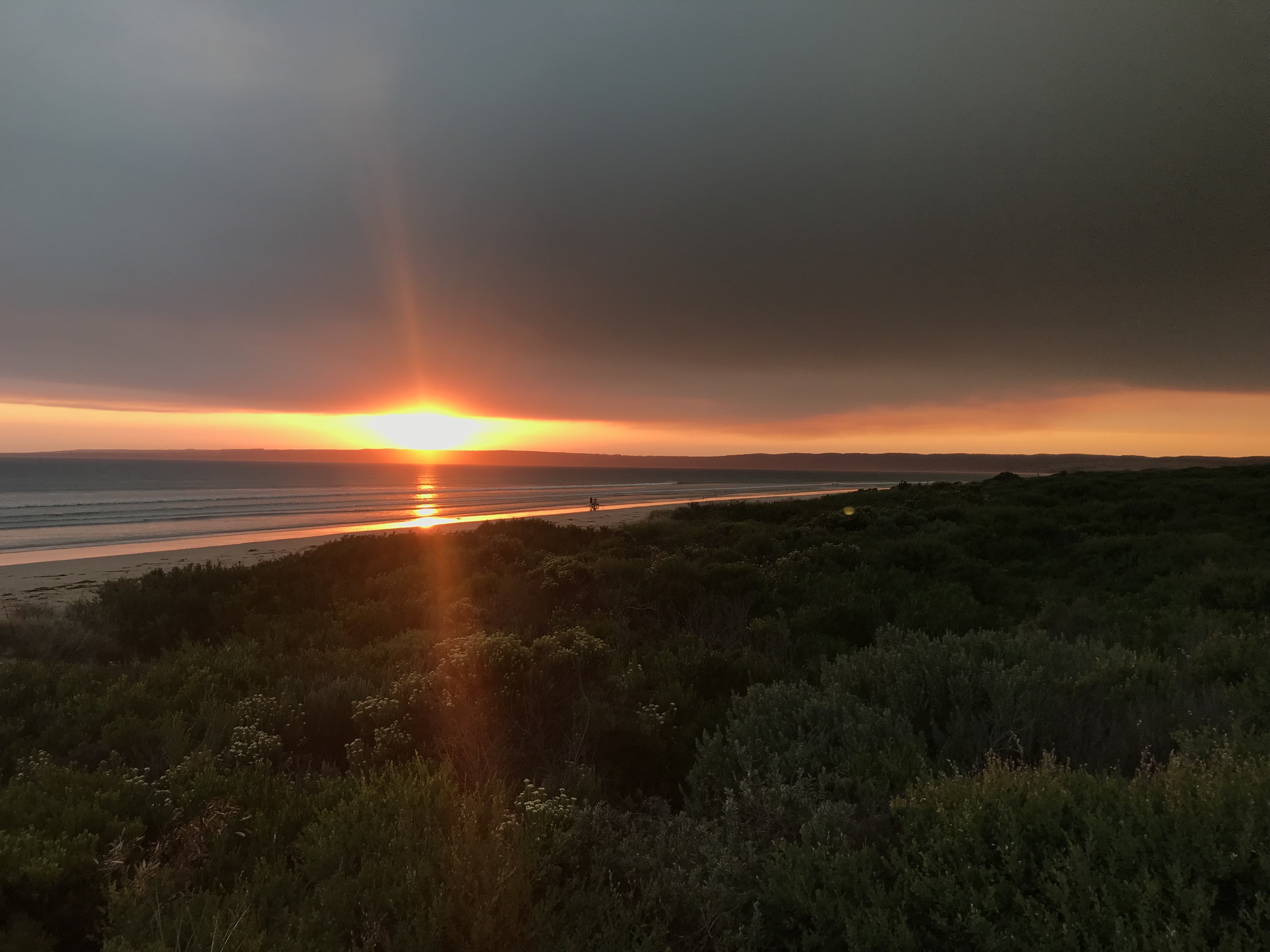

This is a fantastic post, I love that you dehydrated those meals! You have made all the planning and prep sound quite simple, was it?
LikeLiked by 2 people
Thank you! Yeah it was simple in the end. All the snacks are things I’ve made before and are simple recipes that don’t require much effort, just a bit of time to keep an eye on the dehydrator. The main meals were also simple recipes and easy to dehydrate but I did spend a lot of time looking for the recipes. Now that my confidence has grown I’ll continue to try out other recipes on other hikes.
LikeLike
Food for thought (literally) and so timely, as I think I have a very similar walk planned for next weekend. I have now rethought how I can do a few of my hiking staples a bit differently. Thank you!
LikeLiked by 2 people
No problem Justine. Have a great walk!
LikeLike
Thanks so much Tammy. I do a lot of hiking too and appreciate you sharing these ideas! Makes it seem so much more manageable.
LikeLiked by 2 people
Ah that’s great. I agree, sometimes you just need to see how someone else does it for it to make better sense.
LikeLike
Your photos of food makes my mouth water. I am no hiker by any means, and it’s probably a good thing considering how terrible my balance is and the unintentional ankle sprains that I get on a yearly basis. I am actually looking for recipes that I can make for school that are portable and healthy – so your recipes are perfect for me to try! Your bliss bites look very similar to the bites I buy at a bulk food store but I was hoping to make them myself. 😊
LikeLiked by 2 people
Hi Hilary, this is the recipe I use. I’ll link it into the main body of the post too. Enjoy! https://www.kidspot.com.au/kitchen/recipes/homemade-bliss-balls-3474
LikeLiked by 1 person
Thank you for linking the recipe, Tammy. I look forward to making this recipe. 😊
LikeLike
Hi! I’m wondering how you eat the granola with the coconut milk powder in it? Did you add water and make it creamy like oatmeal or did you just eat it dry and what does the coconut milk powder do to it? I’m so lost on this one. It sounds like it could be good though.
LikeLike
Coconut milk powder is that same as regular milk powder, it’s dehydrated to be shelf stable (and light weight), so when you want to eat it just add water until you get the consistency you like. Hope that clears things up. 🙂
LikeLike
Hi Tammy, thought I’d share some info. I got re. using boiling water in ziplock bags. SC Johnson, owner of Ziplock strongly doesn’t recommend doing this. Also, I personally would think twice about putting hot water into a silicone container.
LikeLike
Tammy, sorry about error in previous message. It seems like silicone is totally safe holding hot water. My bad.
LikeLiked by 1 person
No worries! It’s good to keep checking these things. 👍🏻🙂
LikeLike